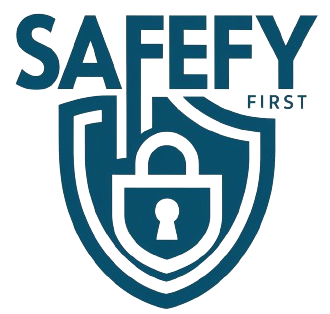
Introduction
The bustling construction industry is undoubtedly essential for infrastructure development but comes with its share of risks. Understanding and mitigating these risks are paramount for ensuring the safety and well-being of workers. Let’s delve into the world of construction injuries, exploring their types, preventive measures, legal aspects, and more.
Understanding Construction Injuries
Construction sites are rife with hazards, leading to various types of injuries. Falls from heights, being struck by objects, electrocution, and getting caught in/between objects are among the most common. According to the Occupational Safety and Health Administration (OSHA), thousands of construction injuries occur each year, underscoring the urgency of addressing safety concerns.
Preventive Measures
Safety protocols serve as the cornerstone of accident prevention on construction sites. Comprehensive training programs equip workers with the knowledge and skills to identify and mitigate risks. Additionally, the diligent use of personal protective equipment (PPE) and regular equipment maintenance significantly reduce the likelihood of accidents.
Legal Implications
In the unfortunate event of a construction injury, understanding the legal landscape is crucial. Workers’ compensation provides financial assistance to injured workers, covering medical expenses and lost wages. Employers and contractors also bear legal responsibilities, ensuring a safe working environment and adhering to relevant regulations.
Psychological Impact
Beyond physical injuries, construction accidents can have profound psychological effects. Workers and their families may experience anxiety, depression, or post-traumatic stress disorder (PTSD). Building robust support systems and access to mental health resources are vital for coping and recovery.
Case Studies
Examining real-life construction accidents sheds light on their causes and consequences. By analyzing past incidents, stakeholders can identify patterns, implement preventive measures, and ultimately improve safety standards across the industry.
Future Trends in Construction Safety
As technology advances, so do opportunities for enhancing construction safety. Innovations like wearable devices, drones for site inspections, and predictive analytics offer promising avenues for hazard identification and risk mitigation. Collaborative efforts among industry stakeholders are key to driving these advancements and fostering a safer work environment.
Conclusion
Construction injuries pose significant challenges, but they are not insurmountable. By prioritizing safety, implementing preventive measures, and fostering a culture of vigilance, we can mitigate risks and ensure a safer future for all construction workers.
FAQs
- Are construction injuries common?
- Construction injuries are unfortunately prevalent due to the nature of the industry, with thousands occurring each year.
- What can construction workers do to stay safe?
- Workers should undergo comprehensive training, use proper PPE, and adhere to safety protocols to minimize risks.
- What legal options do injured construction workers have?
- Injured workers may be entitled to workers’ compensation benefits and could pursue legal action against negligent parties.
- How do construction injuries impact mental health?
- Construction injuries can lead to anxiety, depression, or PTSD, necessitating access to mental health support services.
- What role does technology play in construction safety?
- Technology advancements, such as wearable devices and predictive analytics, offer innovative solutions for identifying and mitigating hazards.
- How can the construction industry improve safety standards?
- Collaboration among industry stakeholders, investment in technology, and prioritizing worker training are essential for enhancing safety standards.
